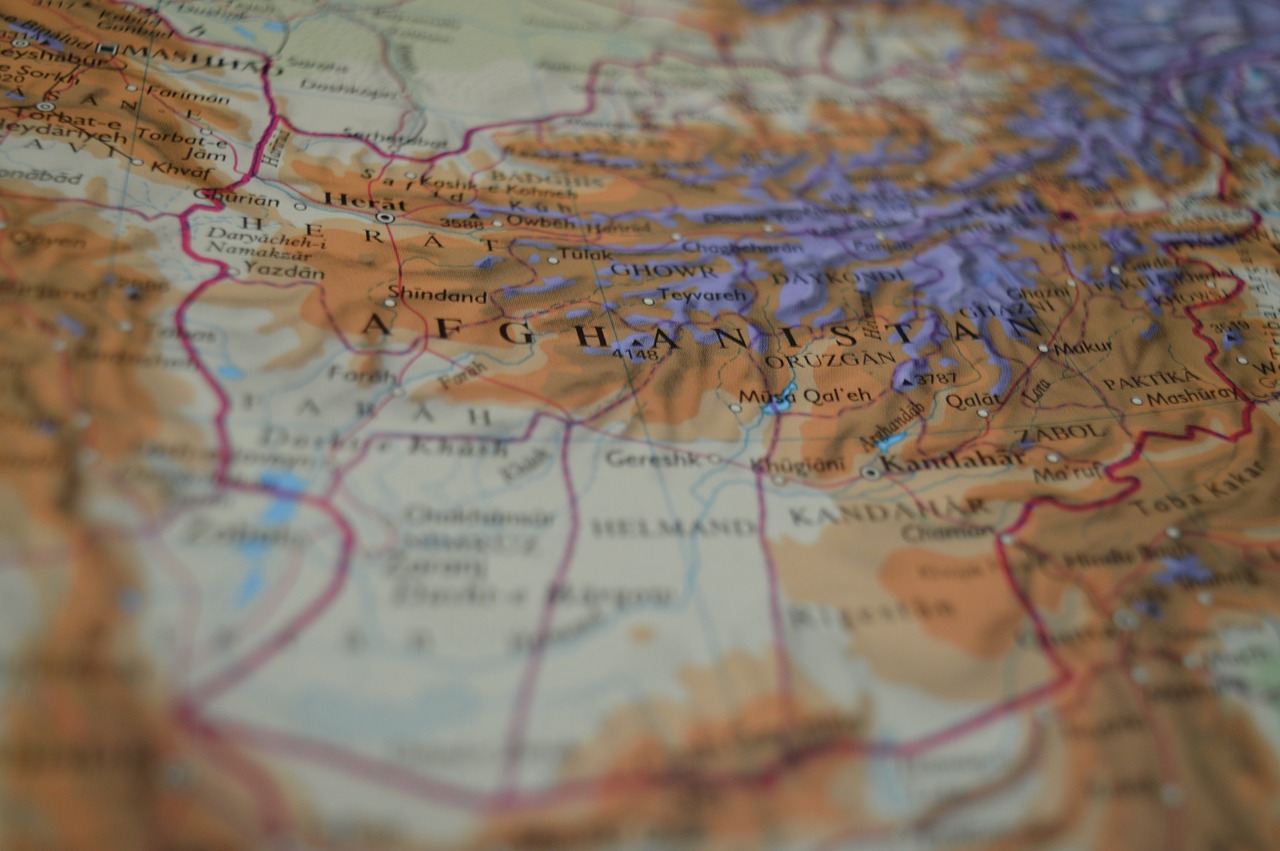JURIST EXCLUSIVE – Law students and lawyers in Afghanistan are filing reports with JURIST on the situation there after the Taliban takeover. Here, a Staff Correspondent for JURIST in Kabul offers observations on the current posture of Afghanistan’s troubled banking system under the Taliban. For privacy and security reasons we are withholding his name and institutional affiliation. The text has been only lightly edited to respect the author’s voice.
The banking system had developed a lot during the last two decades in the country. Until 2001 only state-owned banks with limited banking system were active in Afghanistan. Upon the fall of the Taliban regime in 2001 the government – with foreign help – developed a system that attracted many financial institutions as well as investors to invest in the banking system. The central bank licensed up to 10 private banks and some branches of foreign banks to operate in the country.
Currently, 12 banks are active, of which three are state-owned and others private banks. The latest reports from the central bank (July 2021) indicate that the total assets of the commercial banks are 311 billion AFN of which 276 billion AFN includes debts/loans and only 36 billion AFN covers these banks net assets or shareholder shares.
AIB, Azizi, Bank Millie, and Islamic Bank total assets and capital are more than 30 billion AFN. Investments in capital notes, long-term investment, and loans to businesses are the major areas in which commercial banks have invested mostly. The total amount of loans on different businesses is about 32 billion AFN and about 45 billion AFN is invested in capital notes of the central bank. The problem with loans on businesses is that many businesses has collapsed already and/or are collapsing due to the current economic situation. Businesses are unable to pay debts and any interest. Therefore, commercial banks are losing and/or have already lost a big amount of revenue.
In addition, about 97 billion AFN of the commercial banks are with the central bank at the moment. The central bank is unable to pay this amount to commercial banks. The central bank is unable to pay the amount invested in capital notes because it is very hard for them to cash such an amount easily. Therefore, in order for the central bank to pay the 97 billion and 45 billion back to the commercial banks it needs at least another one to two years.
The reports indicate that from total debts of the commercial banks, 245 billion AFN are deposits by the individuals, companies, NGOs, and only 31 billion of these debts are from other sources. This means that about 88 percent of the total assets and capitals of commercial banks belongs to people and the rest belongs to the banks itself.
Banks that have most deposits from the people have faced and are facing challenges since the Taliban seized power in the country. People still line up to withdraw money from banks on a daily basis.
The commercial banks have invested a lot in real estate in the country. This industry has been greatly affected since the Taliban took over – prices are considerably lowered down and these investments have no customers at the moment. For example, a three-room apartment in our area was about USD 50,000 but now it is not more than USD 30,000.
The commercial banks are unable to preserve their liquidity and that is leading them to failure. The liquidity issue and the Taliban’s restrictions on international money transaction have cut-off Afghan banks relationship with the world which resulted in delays in import of goods, especially food, which led to higher prices of food and other stuff, lack of raw materials for the factories and companies in the market.
More importantly, commercial banks have lost a big part of their revenue because they are no longer doing the following:
• Not issuing loans;
• No money is transferred abroad by these banks;
• Less interest from loans due to insolvency;
• No money transfer commission;
• No revenue from foreign currency exchange;
• No revenue from salary withdrawal of the government employees because a huge number of civil servants have not received their salaries during the last two months;
• They are no longer investing in capital notes; and
• Fewer bank guarantees are issued.In addition to the above, commercial banks are losing trust because people are withdrawing their deposits and it will be difficult for the banks to bring them back. This challenge will adversely affect the newly developed banking system of the country.
Taking into account the above, the Taliban must enforce new policies if they want to rescue the banking systems. These policies should be carefully assessed and examined to be able to achieve positive results.
In my opinion, they should take one or more of the following steps in close consultation with the experts from the IMF, World Bank, and other major financial agencies:
• Maintain the reputation of the currently active banks;
• Maintain the liquidity of the currently active banks;
• Collection of long-lasting loans; and
• Payment of deposits by the central bank.Considering the current situation, in order for the Taliban to take any of the above steps they should closely and honestly work with the IMF, World Bank, and other development banks. This is because the Taliban are not in a position to prevent Afghanistan’s economic collapse alone. But I do not know when and how these entities will resume their operation in Afghanistan.


